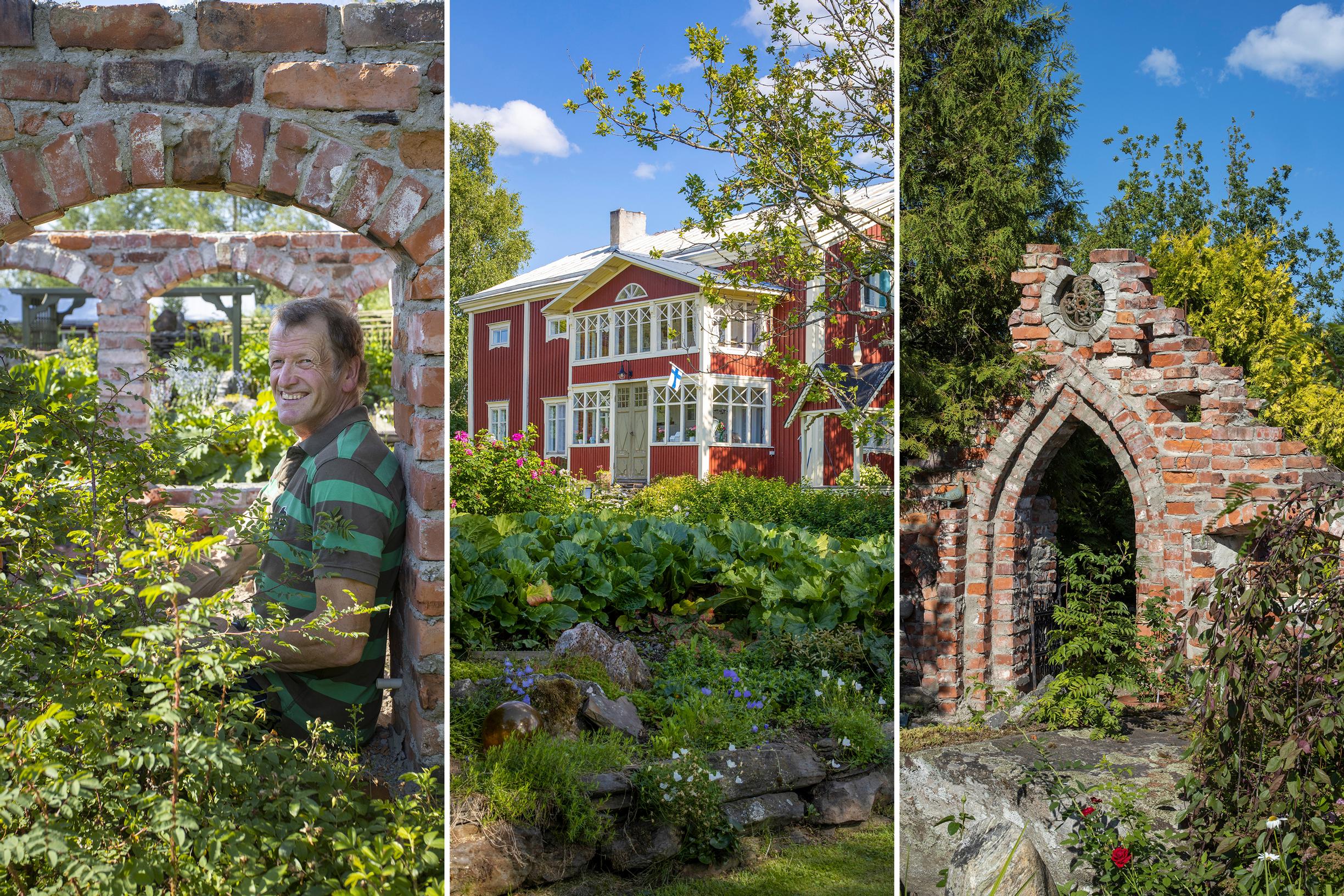
Finnish artist builds a monastic ruin from reclaimed bricks and an entire miniature city from old boards—in his garden!
Sixten Ahlsved’s garden is a captivating fusion of recycled art and lush plant groupings. The highlight of autumn arrives when the miniature city in the yard is illuminated.
Atowering anthill has formed at the foot of a sturdy spruce. On a closer look, it’s not your typical anthill at all—rather than needles, it’s built from old nails twisted into crooked shapes. Beneath another spruce stands a massive concrete sphere.
The nail mound and giant sphere are just a few examples of the many delightful details in this garden of slightly more than one hectare (2.5 acres). It’s a blend of imaginative art, nostalgia for bygone times, and diverse plant life. Teerijärvi-based artist Sixten Ahlsved has created this unique environment over decades in the yard of his home.
“Life needs playfulness; this isn’t so serious,” he says with a grin.
Monkshoods, daylilies, columbines, loosestrifes, and many of the other plants in the garden come from Sixten’s mother Gunvor’s perennial nursery, which operated here from the 1960s until the 1990s. It was famous for heirloom perennial strains that are now hard to find elsewhere. Among them is the white-flowering, much shorter clustered bellflower, which spreads much less aggressively than the plant’s basic form.
Sixten recalls how, at the nursery, they used to lift customers’ chosen plants straight from the ground. Though he already loved plants back then, continuing the nursery business didn’t capture his interest.
“When I was ten, my father passed away. My mother said she hoped I’d keep the nursery going, but sales work isn’t my thing. Even then, I said I wanted to make this place a park someday. Art has been my passion since childhood.”

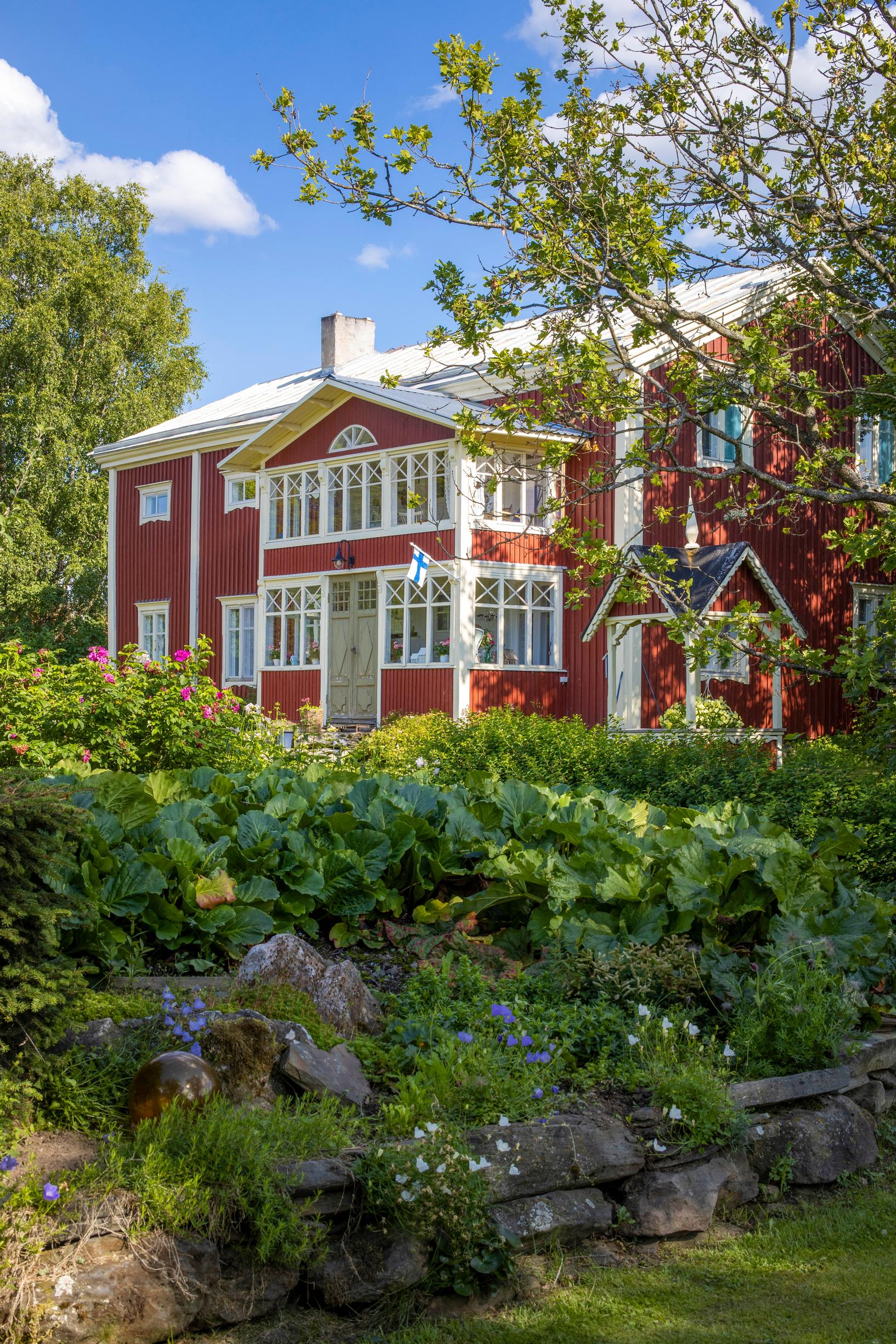

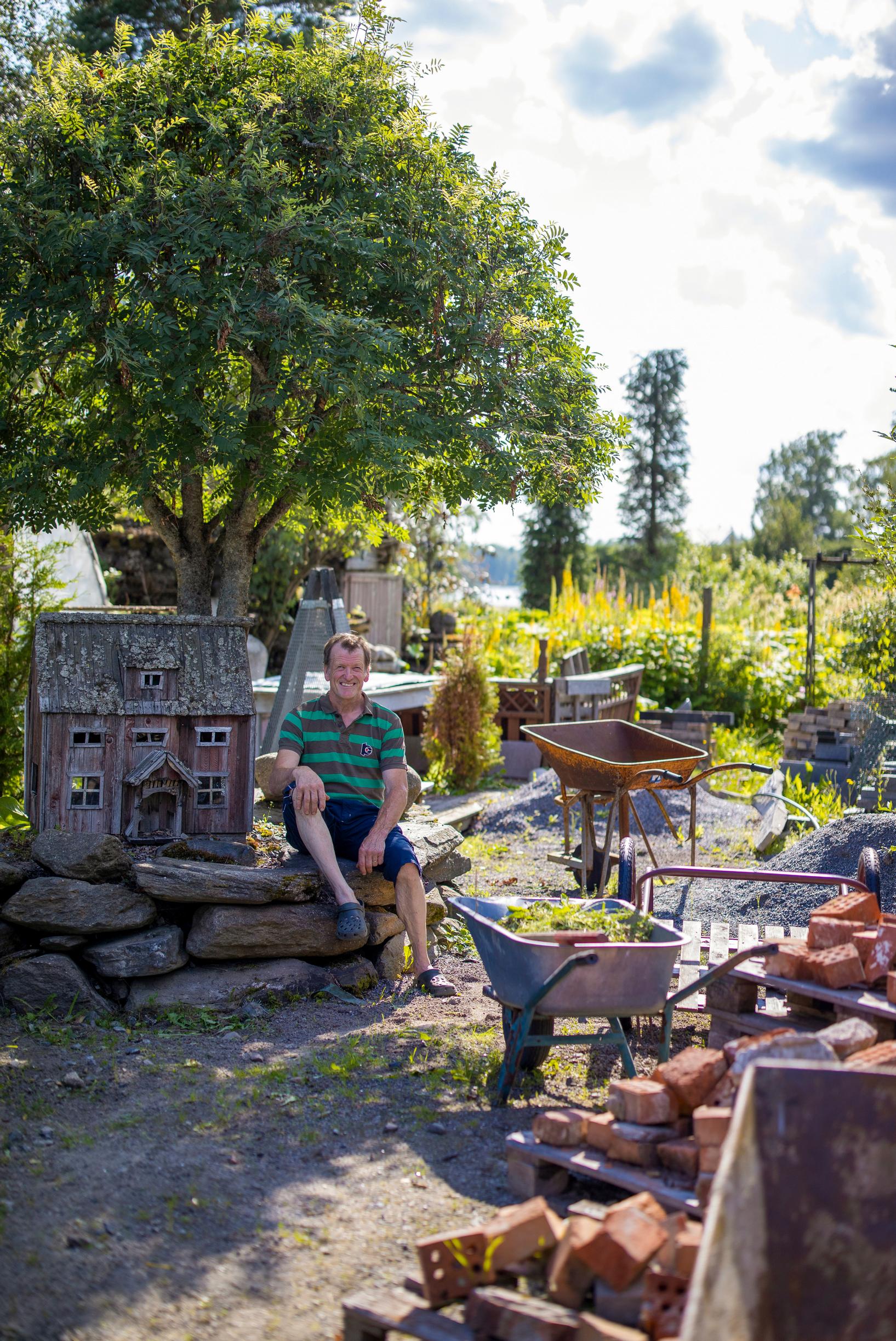

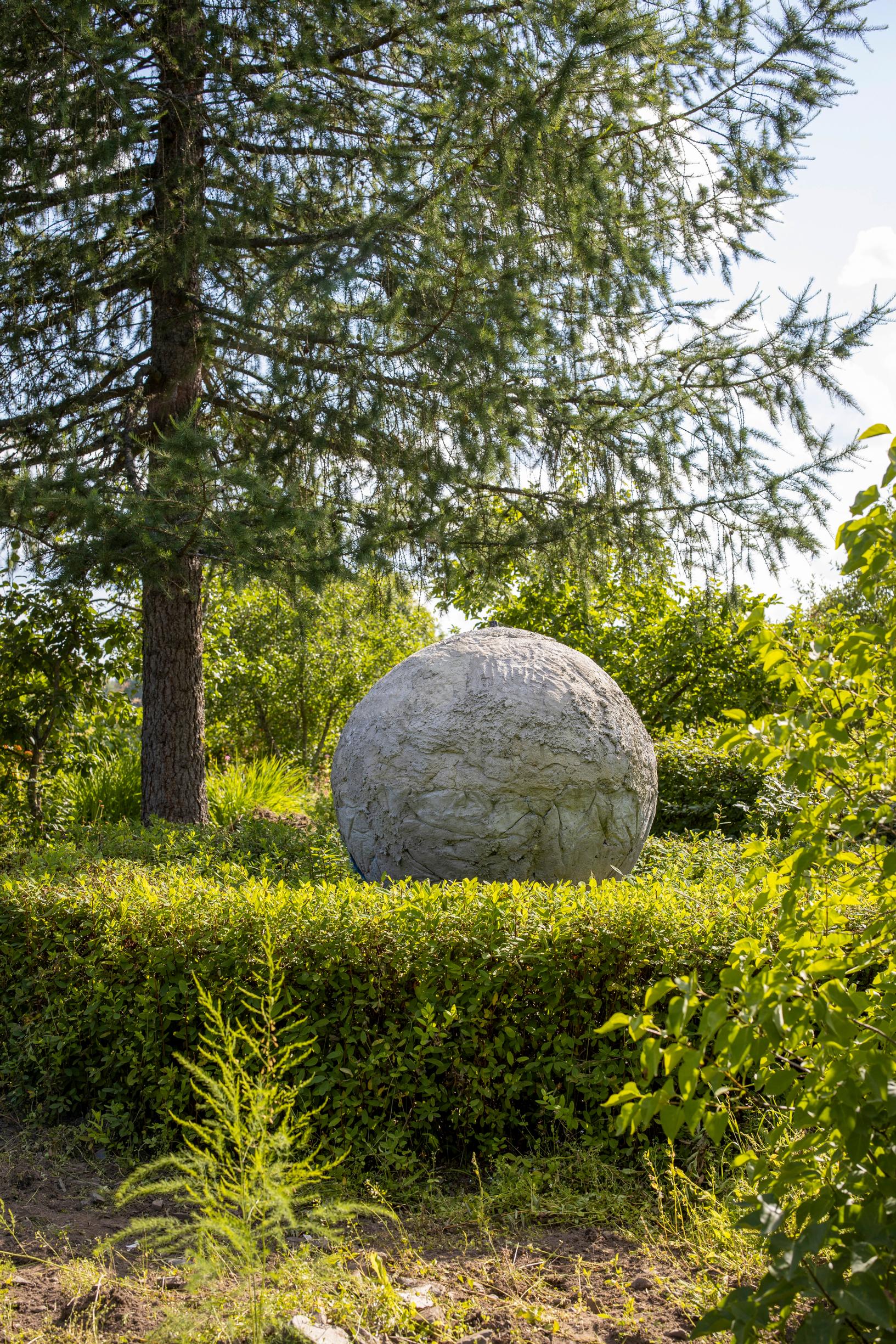

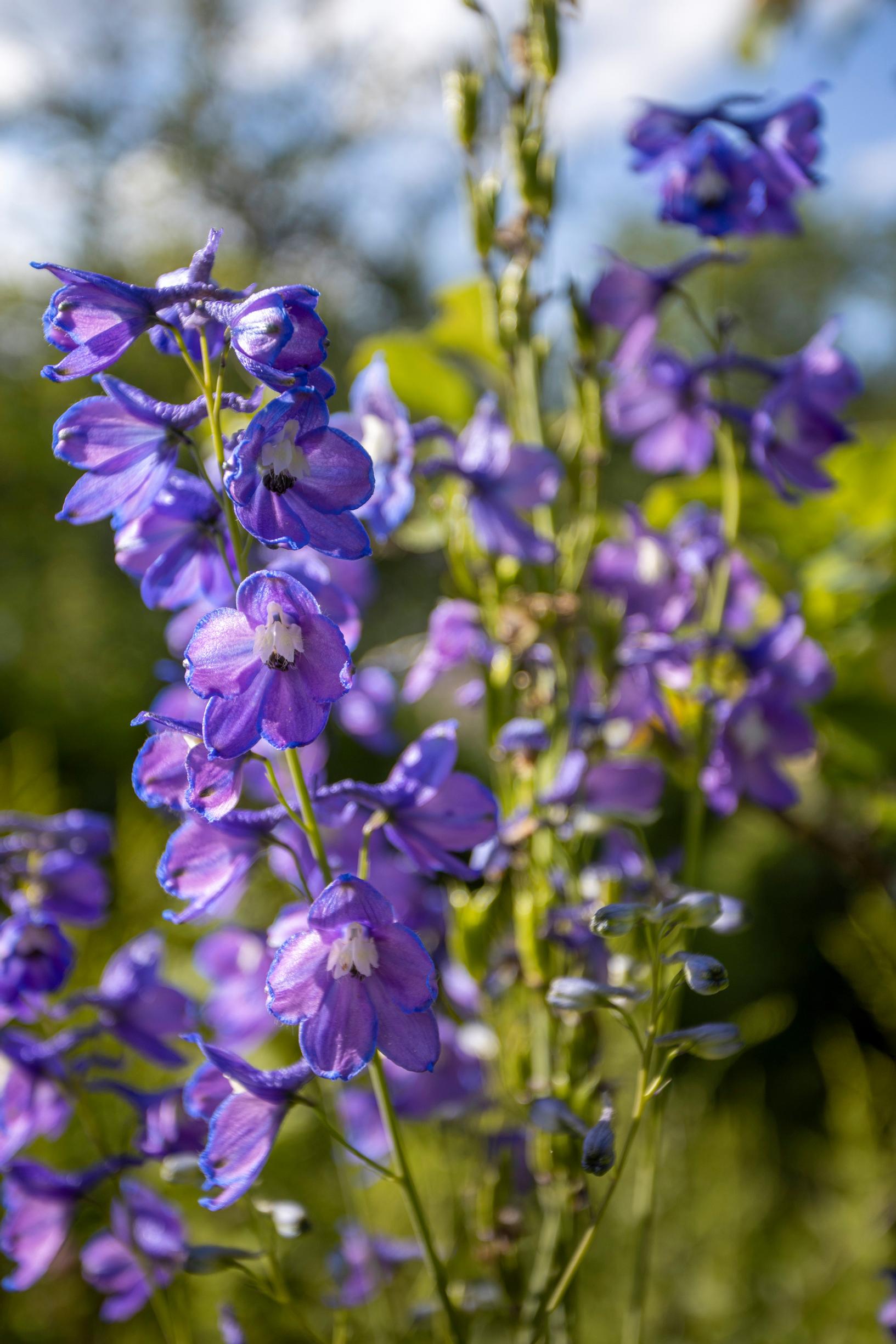

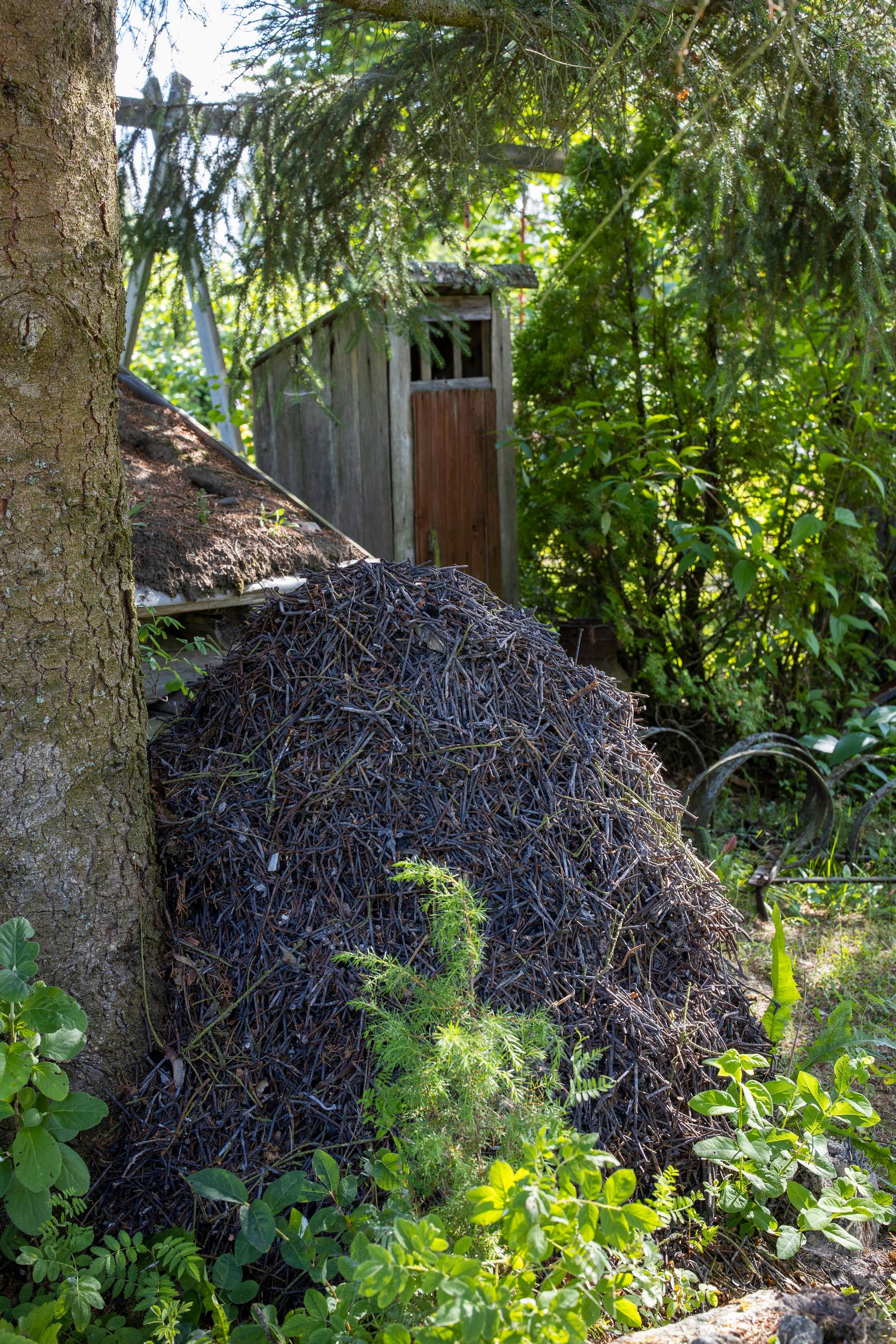
Throughout his life, Sixten has used recycled materials in his art, particularly demolition boards, from which he has “painted” his most notable works. Their color palette doesn’t come from paint but from the subtle hues of the boards’ natural patina.
His subjects are equally delicate. In his art, Sixten captures disappearing beauty, often the rapidly diminishing seas of barns in Ostrobothnia in Western Finland. Barns and other heritage structures also inspire his skillfully constructed miniature models.
For Sixten, the garden is another important creative outlet and a cherished pastime. He calls it a kind of inner landscape. Both the plants and the structures carry memories of loved ones, demolished buildings, bygone days, and even travels. Sweden’s oldest city, Sigtuna—founded in the 900s on the shores of Lake Mälaren—is a favorite spot for Sixten and his wife Britt-Marie, and it has strongly influenced his garden.
Another major theme in the garden is reuse. Locals know to offer all sorts of demolition materials for the artist to transform. For instance, the bricks for the monastery-like ruin—built on the foundation of his mother’s old greenhouse—were salvaged from the fireboxes of torn-down houses. The largest group of miniature buildings forms a full, electrified old town on one side of the garden. Switching on the lights is the highlight of autumn for the Ahlsved family.

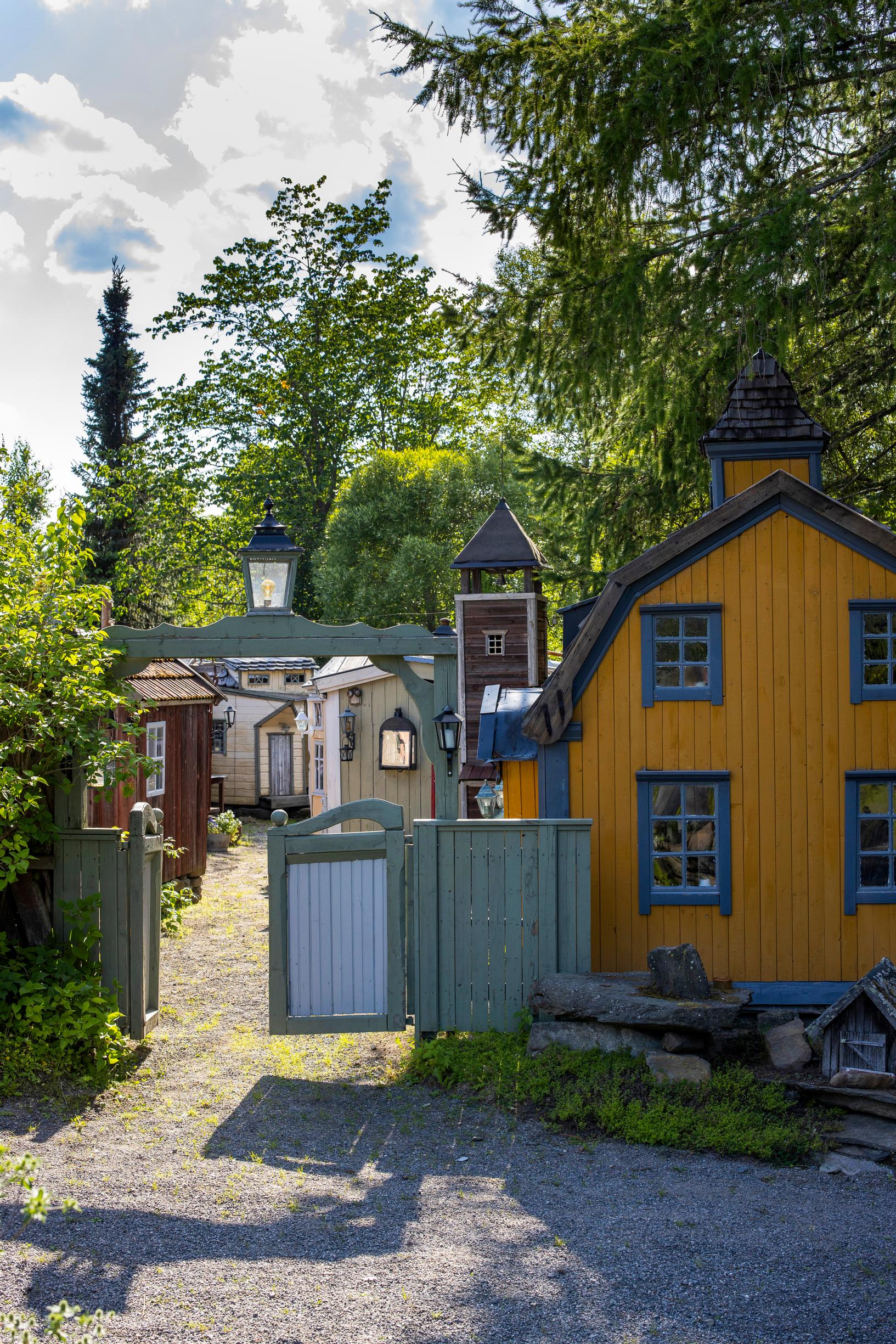

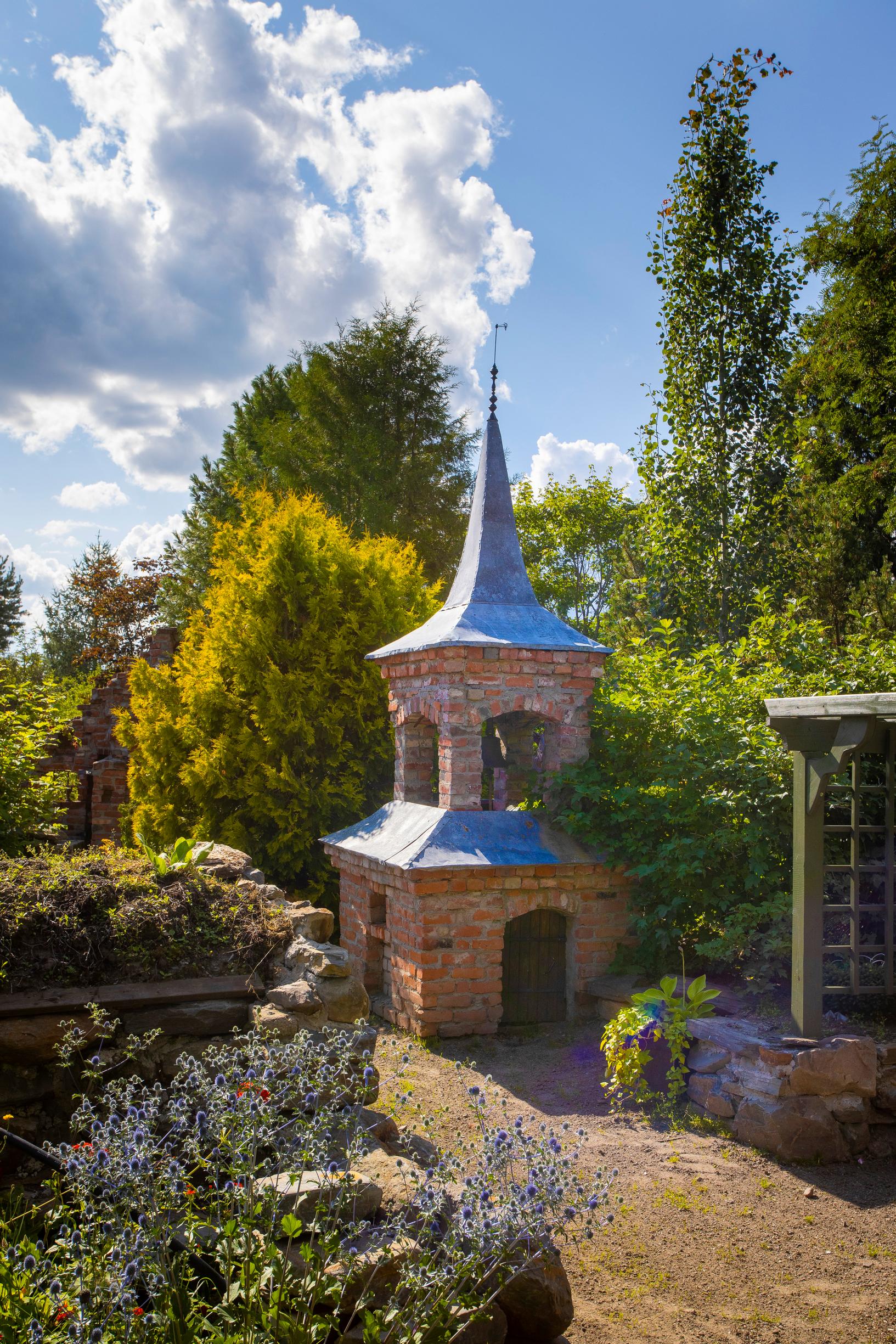

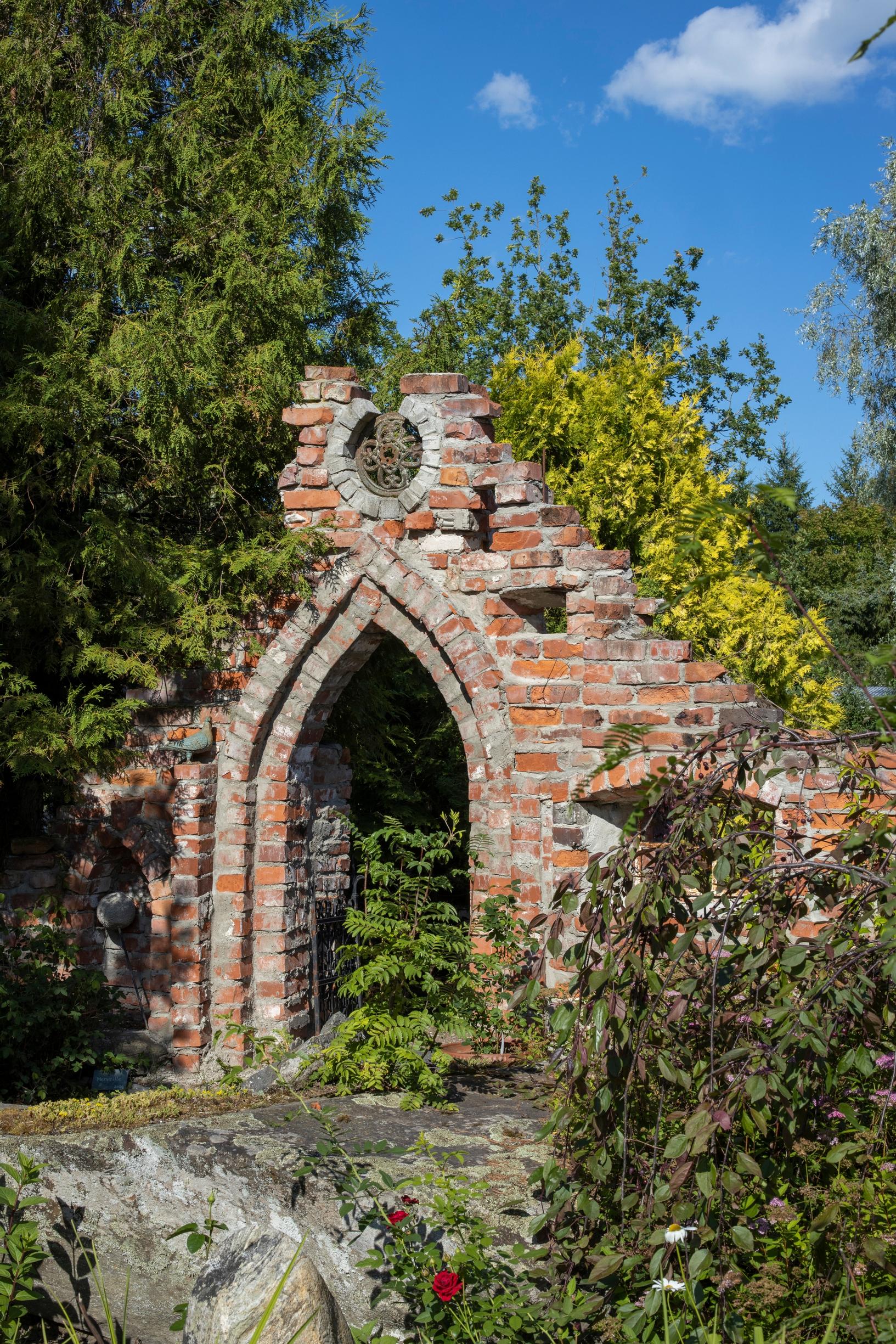

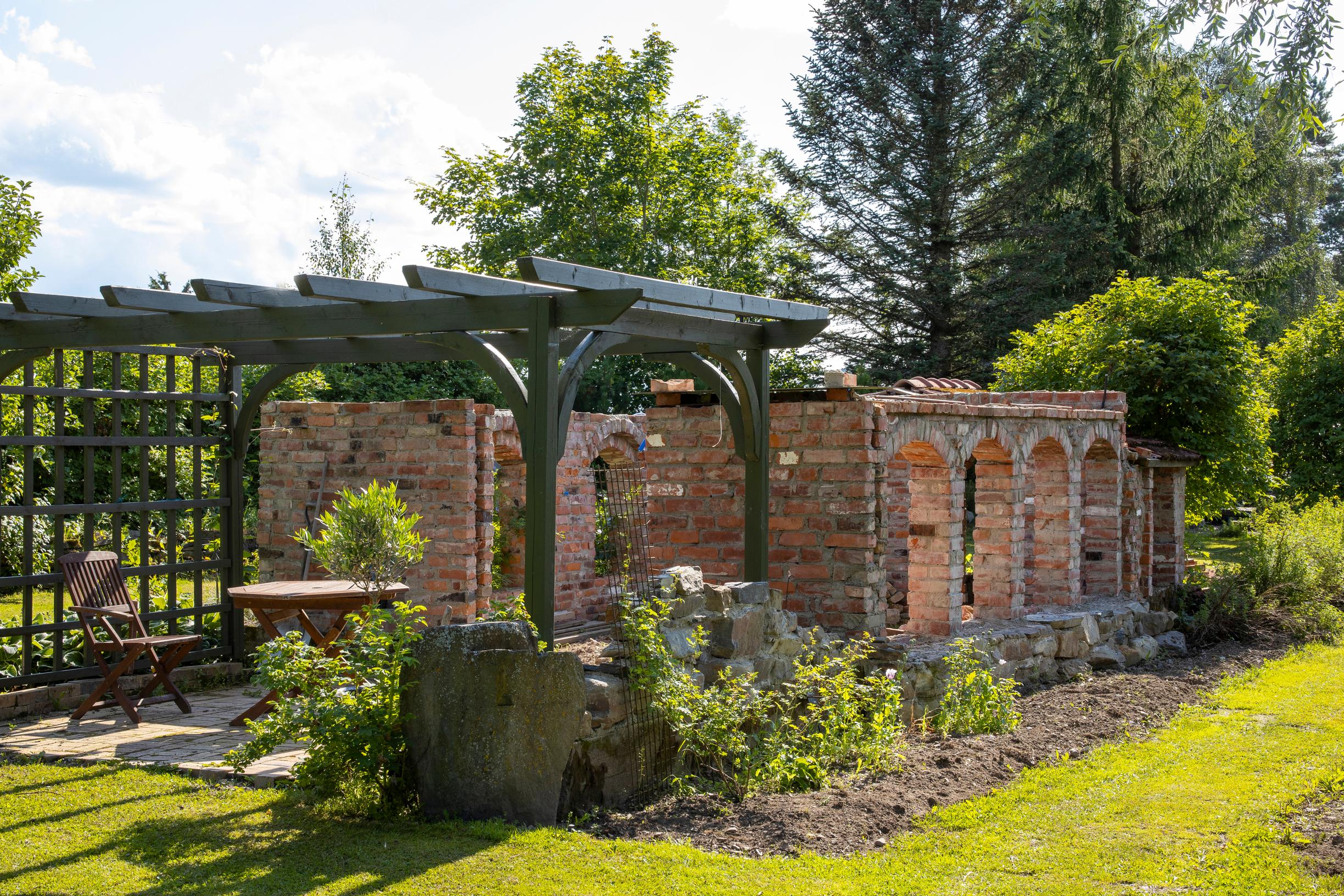

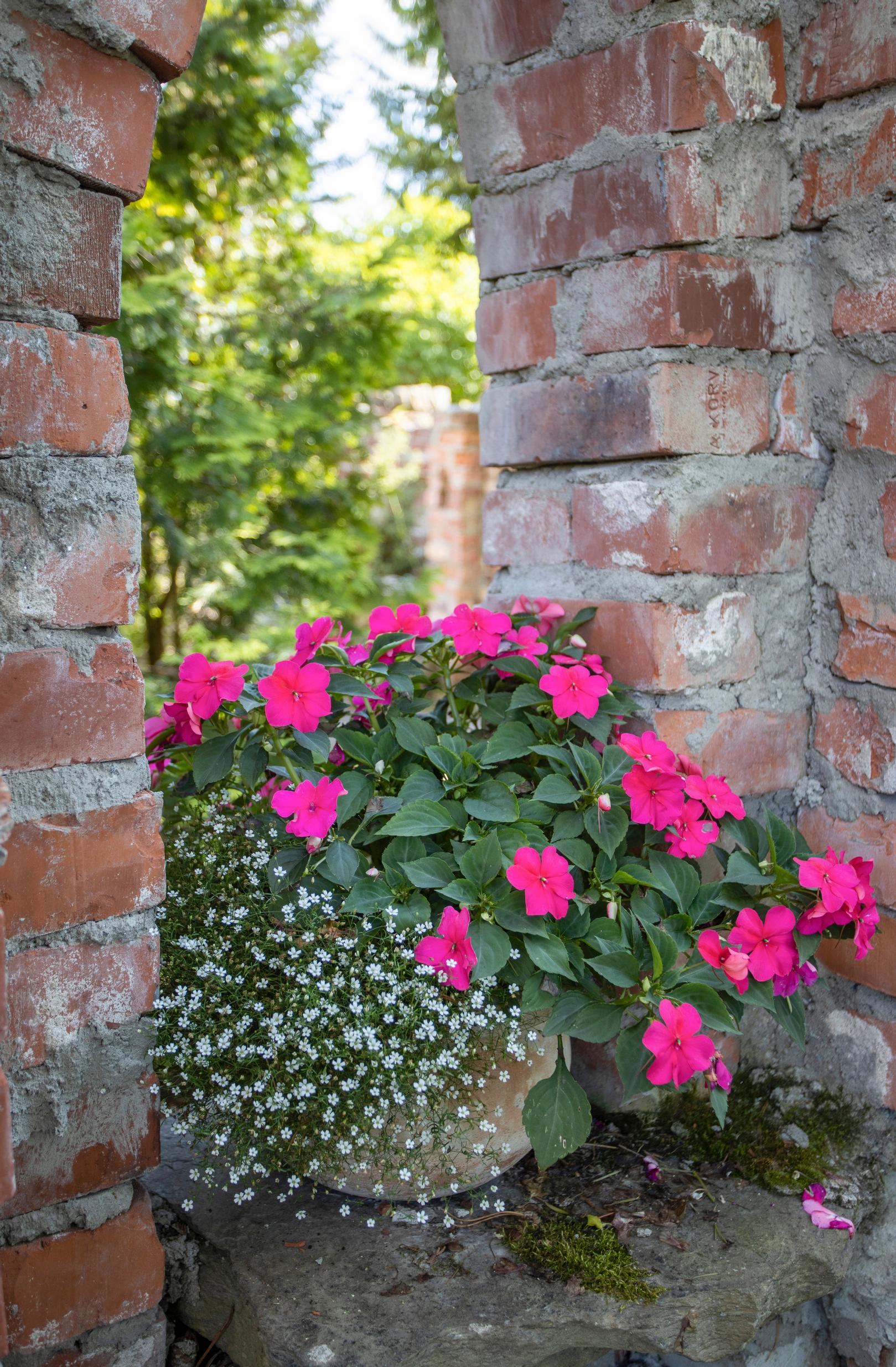

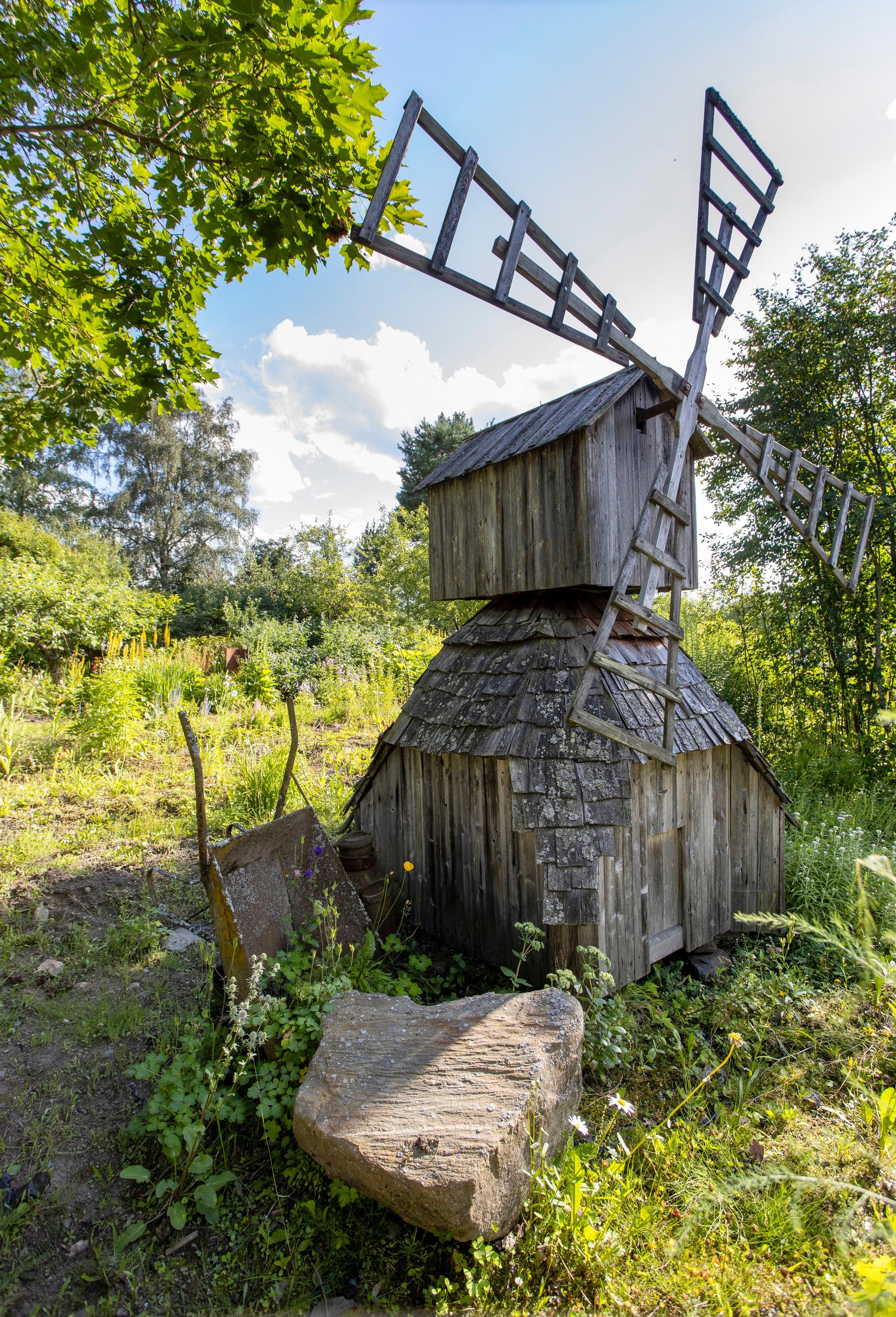
In such a large garden, Sixten believes it’s impossible to be overly meticulous. It’s likely unnecessary, too. Extensive, slightly wild perennial beds perfectly complement the grand art elements and miniature buildings crafted over decades from reclaimed materials. The whimsical, slightly otherworldly atmosphere is heightened by the cheerful chirping of small birds everywhere.
The flowerbeds are subdivided into more intimate zones with trimmed hedges and trees. The pathways are simply mown grass.
“I greatly admire Claude Monet’s garden in Giverny. I’ve heard that to him, the overall impression mattered more than any single plant. My lifelong garden journey is far more meaningful to me than a finished outcome.”

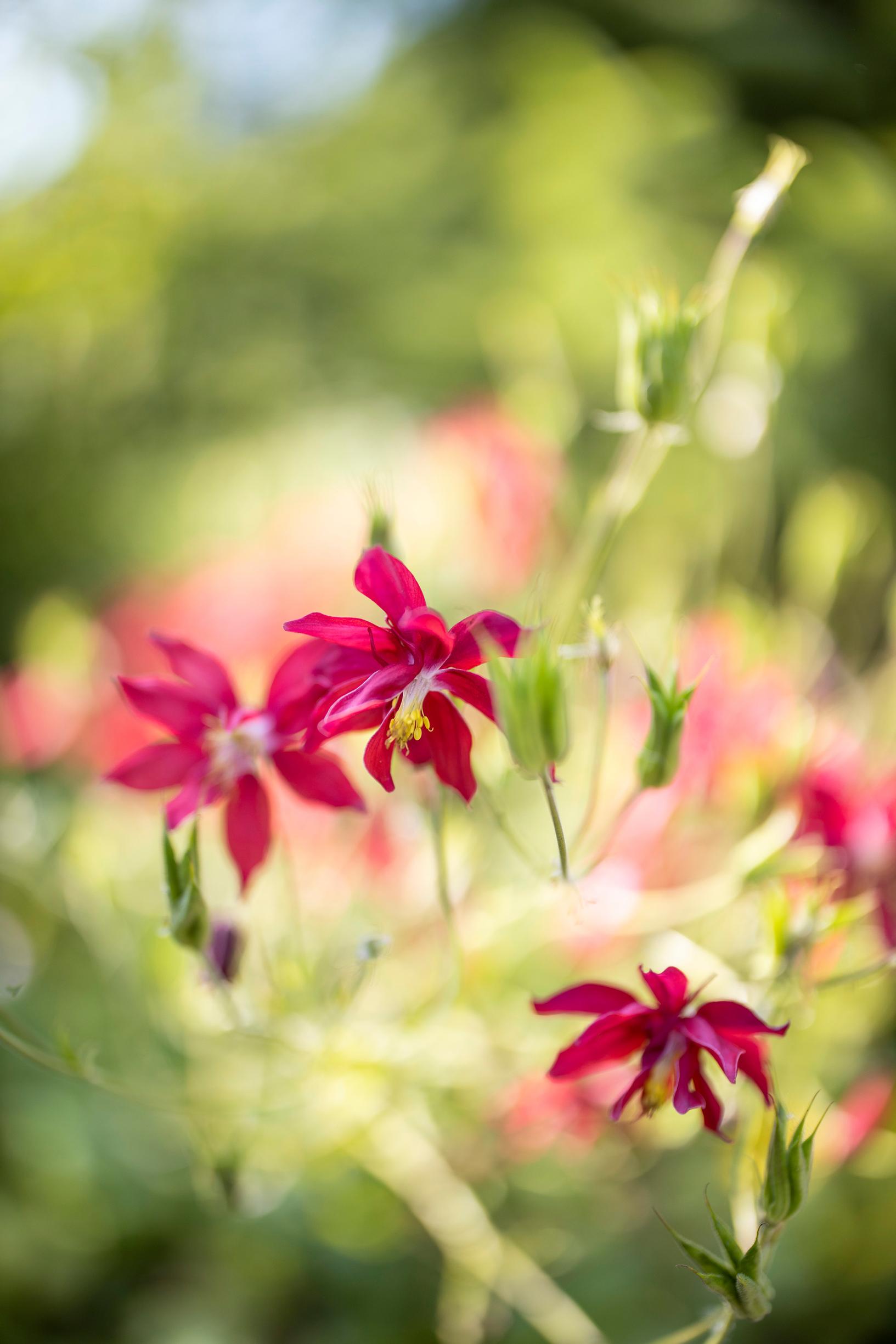

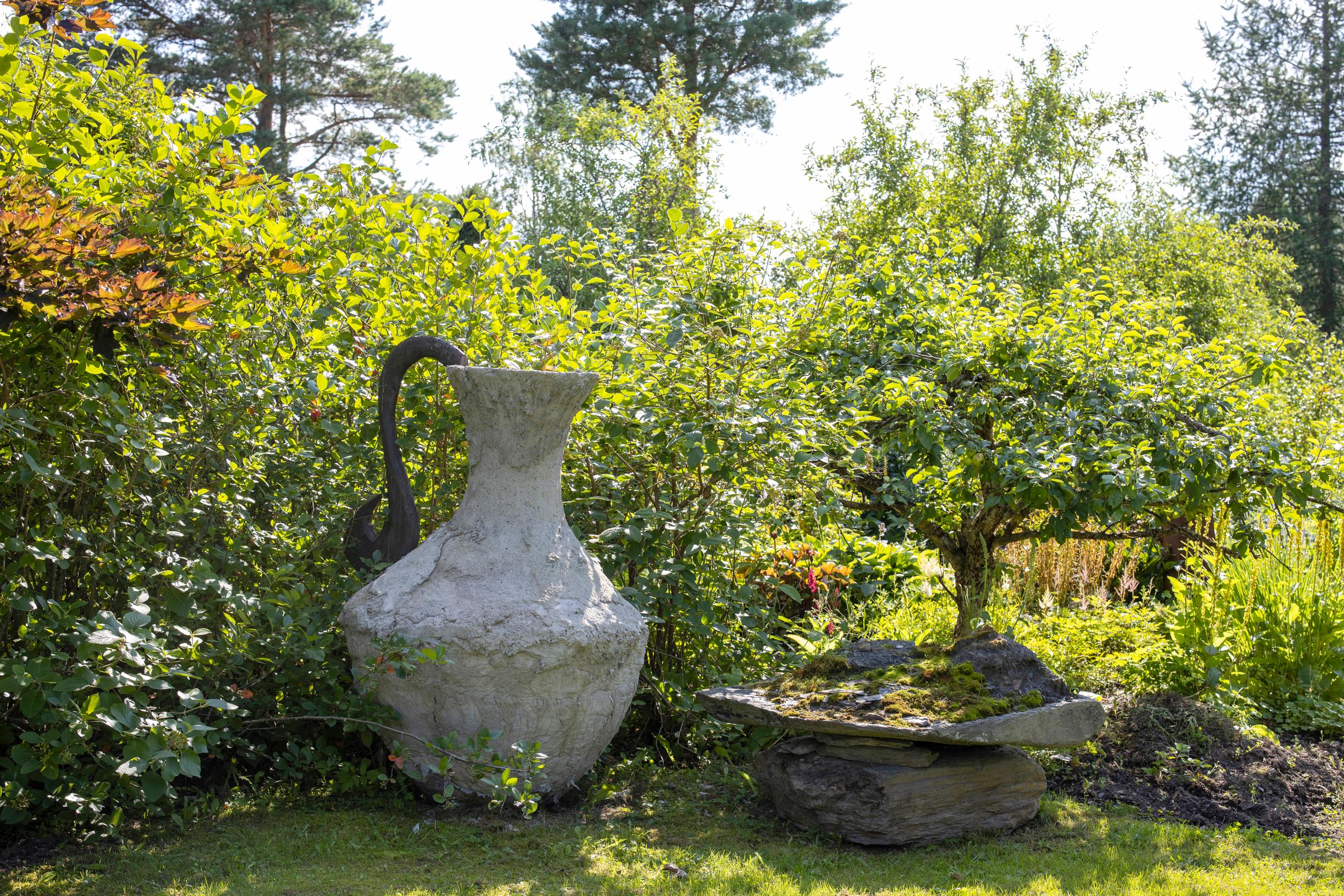

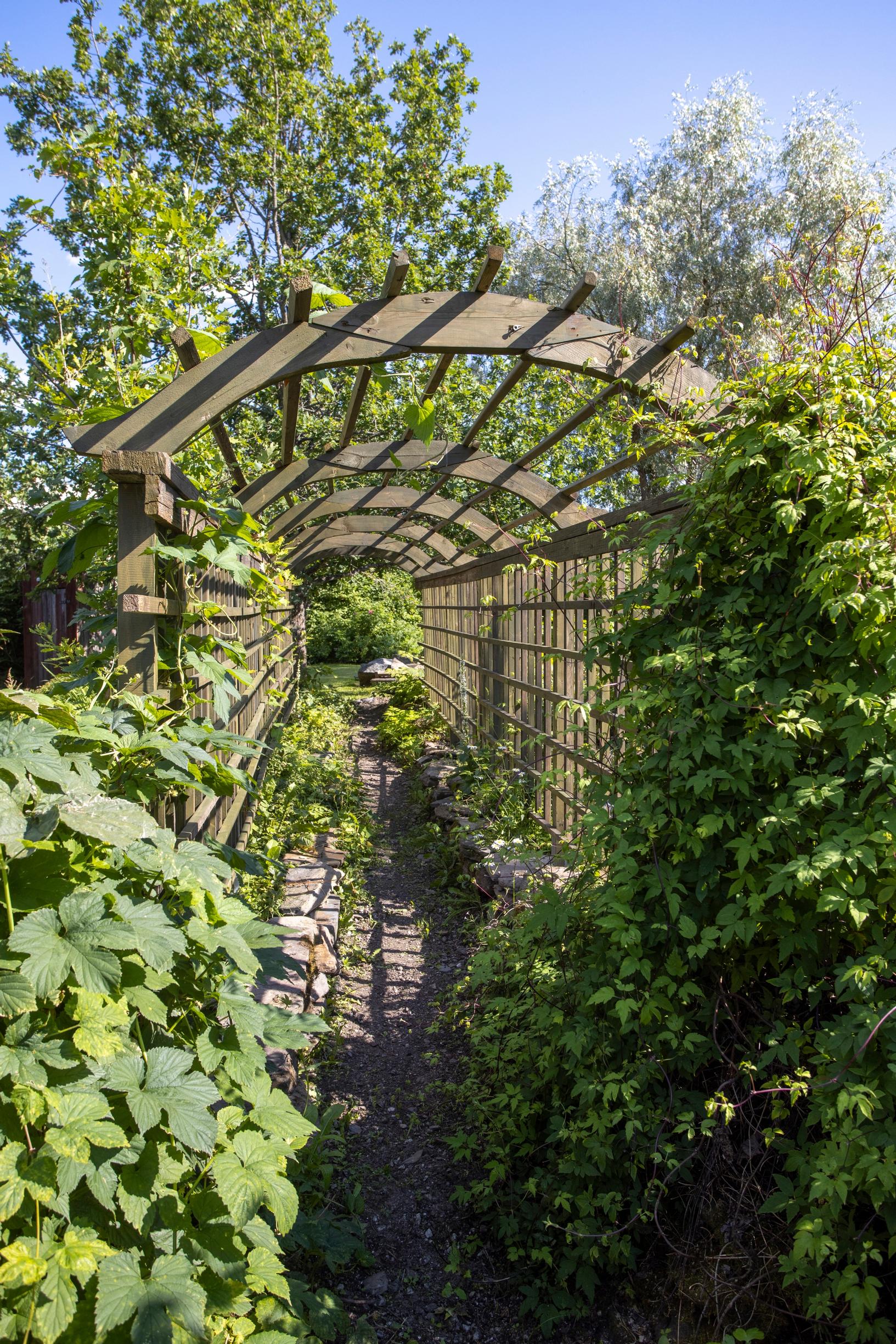

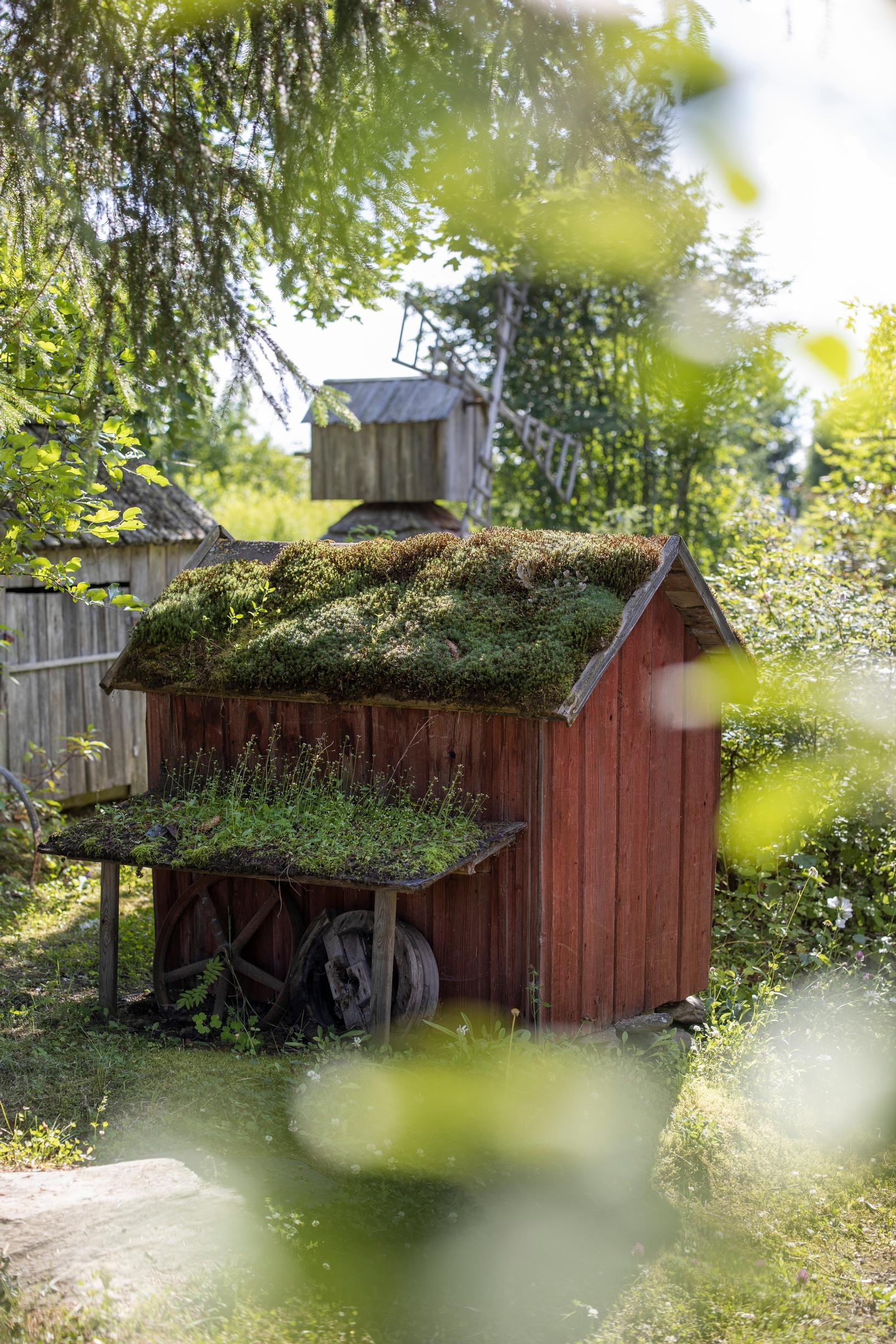
Sixten Ahlsved’s garden is open to visitors by appointment: sixtens.fi.


